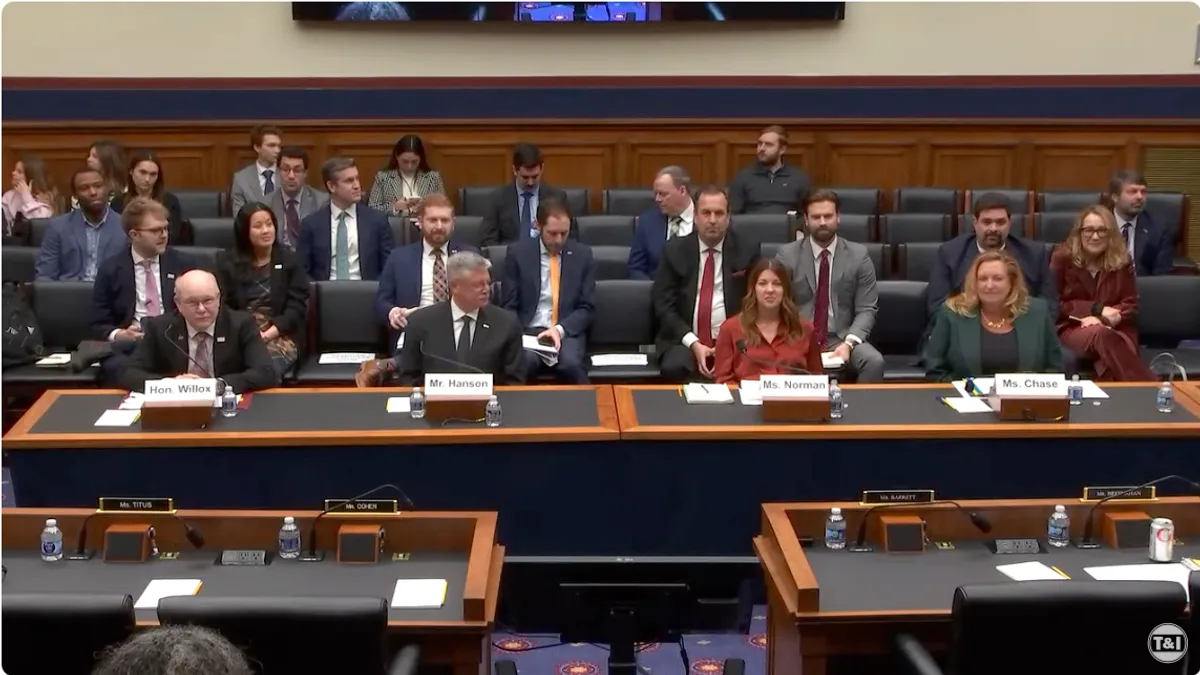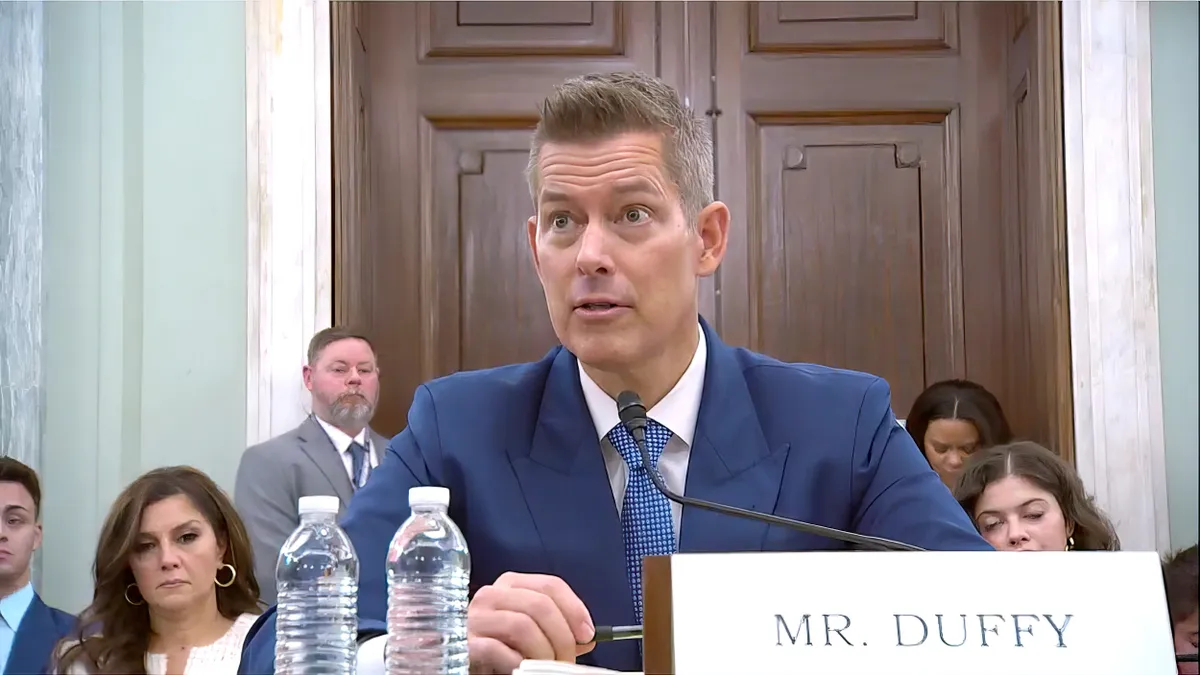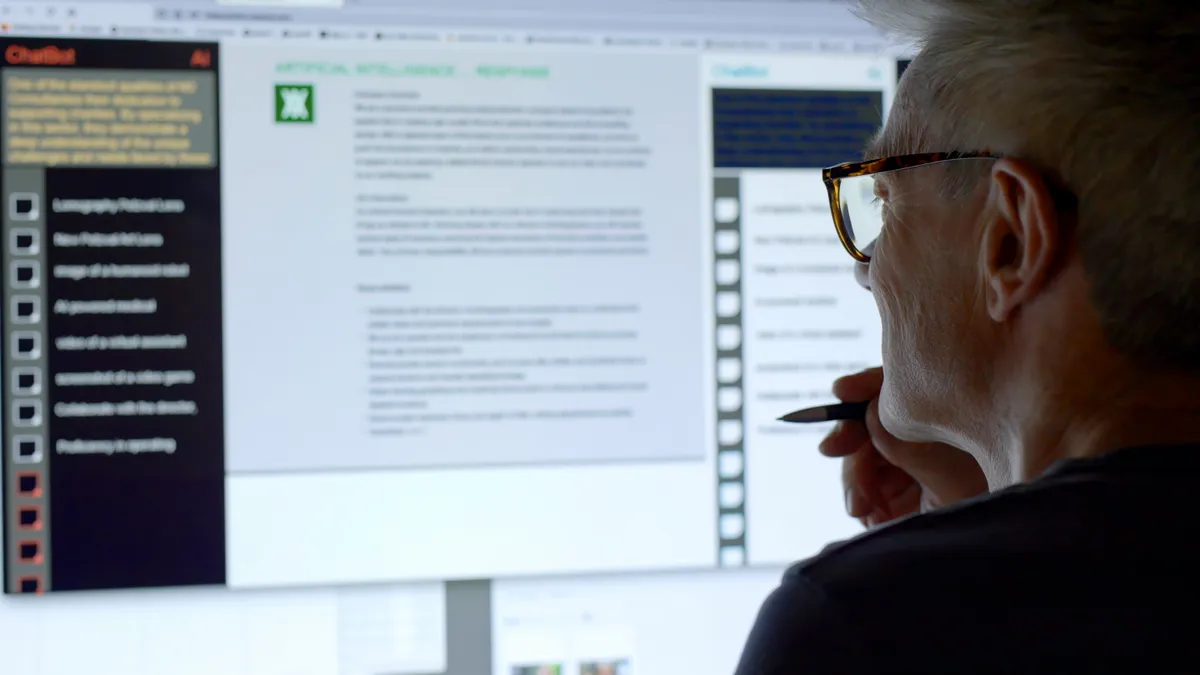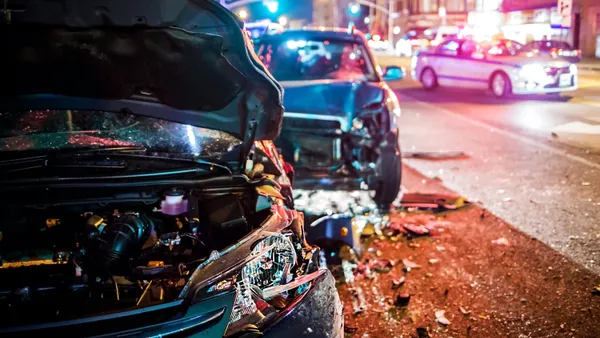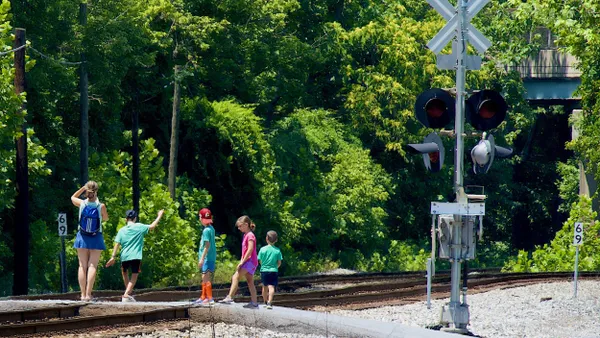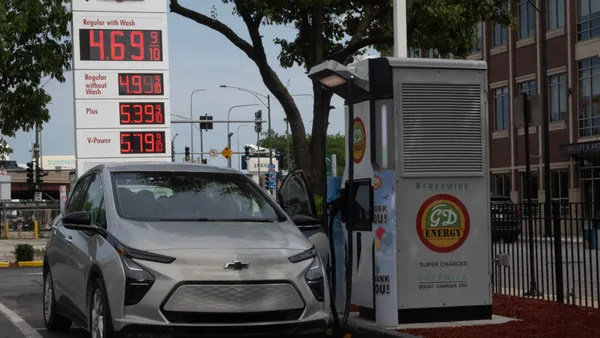Dive Brief:
- Increased traffic enforcement, roadway infrastructure improvements and continued federal funding are needed to reduce the high level of U.S. traffic fatalities, according to local government officials and safety advocates at a Feb. 12 subcommittee hearing of the House Transportation and Infrastructure Committee.
- Republican and Democratic House members agreed on the need for continued federal investment. “We don’t have unlimited funds, and it’s crucial we make strategic investments that are proven to save lives,” said Rep. David Rouzer, R-N.C., chair of the subcommittee.
- Subcommittee members and witnesses also stressed the importance of protecting vulnerable road users such as pedestrians and bicyclists, who have seen a stark rise in traffic deaths in recent years.
Dive Insight:
More than 40,000 people a year died in traffic collisions from 2021 to 2023, according to the National Highway Traffic Safety Administration. The Governors Highway Safety Association estimates that 2023 car crashes killed 7,318 pedestrians and 1,149 bicyclists.
Rouzer said at the hearing, “Underfunded and understaffed police forces mean there are no real consequences for drivers’ illegal actions and have only paved the way for drivers to speed, drive while impaired, and make reckless decisions endangering others on the road.”
GHSA Chair Michael Hanson, appearing at the hearing, agreed: “Alcohol-impaired driving arguably remains our No. 1 highway safety challenge,” he said. Drug-impaired driving is increasing, he added, and states are also seeing impaired driving from a combination of drugs and alcohol. Hanson is director of the Minnesota Department of Public Safety Office of Traffic Safety.
Speeding “remains widely socially acceptable,” Hanson said, and “drivers still have low expectations of receiving a citation or causing a crash.” Cameras designed to detect speeders have proven effective, however, he said. “Given the success of these programs, eligibility for federal grant funds should be expanded to allow states to use funds to install speed safety cameras more broadly,” he said.
Other speakers emphasized the need for road infrastructure improvements to improve safety for motorists, pedestrians and bicyclists. “Roadway investments are crucial,” said Cathy Chase, president of Advocates for Highway and Auto Safety. “If you don't have safe roadway environments, then vehicles will not perform as needed and expected.”
Roadway safety infrastructure that can enhance safety for vulnerable road users includes added lighting, curb extensions, accessible sidewalks, separated bike lanes and traffic signals that give additional time to pedestrians, Chase said.
“The infrastructure part of this, and the behavior part of what's happening on our roads, absolutely has to intersect in a meaningful way,” Hanson said. “Infrastructure affects driver behavior, but driver behavior can overcome infrastructure occasionally, and so I think it is a federal priority to ensure that we have the same level of safe design and safe implementation across the country.”
Chase said her organization supports federal programs that fund projects such as Complete Streets to improve roadway safety. A Complete Streets approach involves designing streets that work for all users, including pedestrians, bicyclists, motorists and transit riders. The Federal Highway Administration recently removed the Complete Streets page from its website, however, other Complete Streets resources can be found on the site via the search function.



